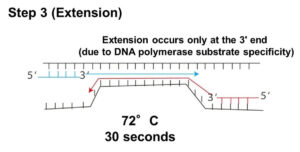Gram staining is a cornerstone technique in bacteriology, widely used to classify bacteria into Gram-positive and Gram-negative groups based on cell wall structure. In this article, we provide a concise overview of its principles, step-by-step procedures, and interpretation of results. While this guide is aimed at beginners in food microbiology, it serves as a practical resource for understanding the fundamental aspects of Gram staining without delving into exhaustive experimental details.
Principles of Gram Staining
Gram staining is a fundamental bacteriological technique, particularly relevant in food microbiology. It differentiates bacteria into Gram-positive and Gram-negative groups based on the thickness and composition of their cell walls. The process involves a series of staining and decolorization steps that highlight these structural differences.
Procedure
Crystal Violet Staining
- The procedure begins by staining bacterial cells with crystal violet, a purple dye that adheres to cell walls. At this stage, both Gram-positive and Gram-negative bacteria appear purple.
- However, Gram-negative bacteria, with their thinner cell walls, absorb the dye less intensely.
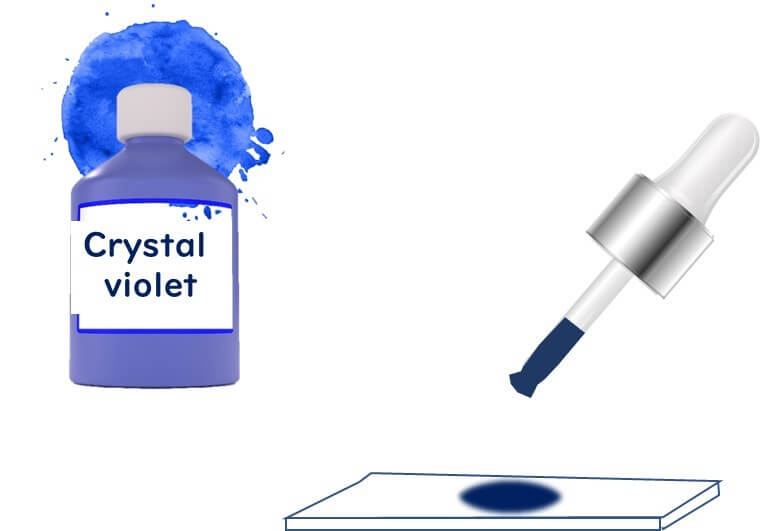
Iodine Fixation
- Next, iodine solution (Gram's iodine) is applied, forming a complex with crystal violet in Gram-positive bacteria.
- This step ensures that the dye is fixed firmly to the thick peptidoglycan layer of Gram-positive bacteria.
Decolorization
- Alcohol is used to decolorize the cells.
- Gram-positive bacteria retain the purple dye due to their thick peptidoglycan layer, while Gram-negative bacteria, with their thinner walls, lose the dye.
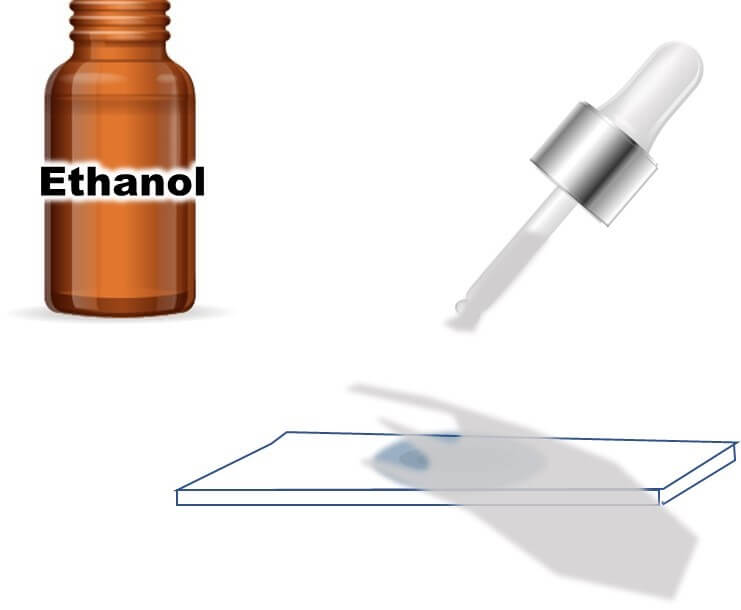
Counterstaining with Safranin
- To differentiate further, safranin, a pink counterstain, is applied.
- Gram-negative bacteria, having lost the crystal violet, take up the pink safranin, while Gram-positive bacteria retain their purple color.
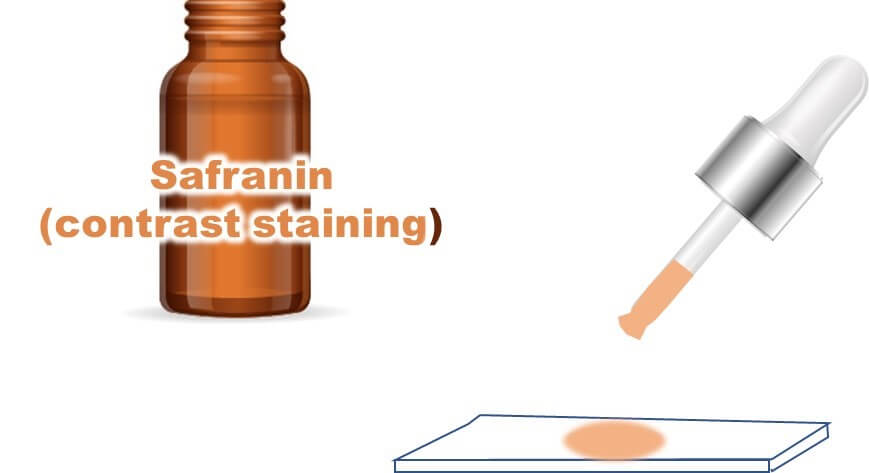
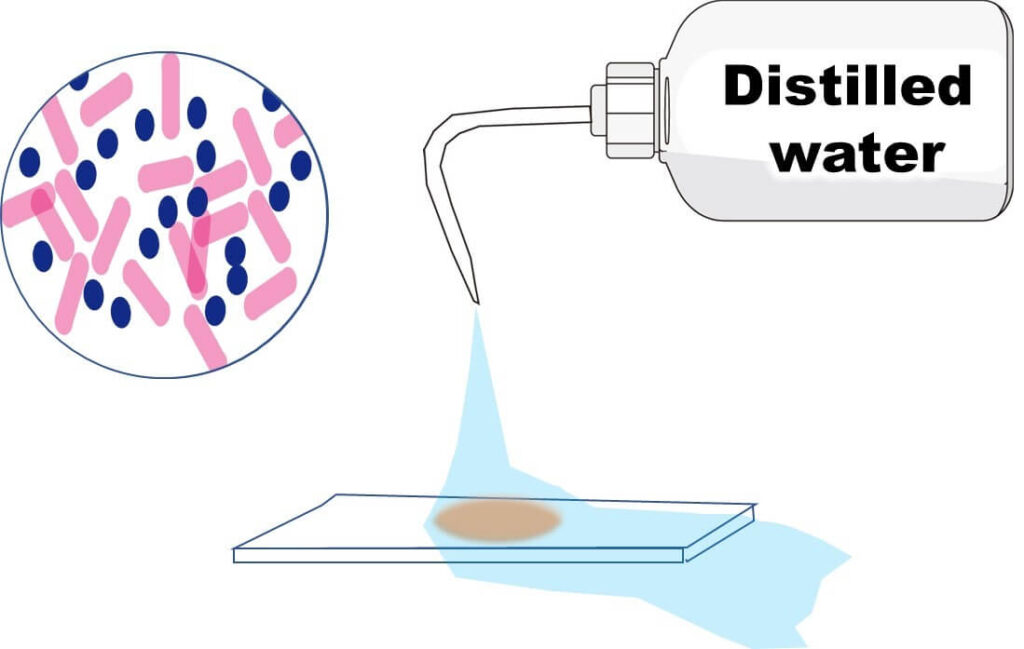
Results
- Gram-positive bacteria: Appear purple due to retention of crystal violet.
- Gram-negative bacteria: Appear pink as they absorb the counterstain safranin.
This color distinction forms the basis for identifying and categorizing bacteria in food microbiology and other bacteriological applications.
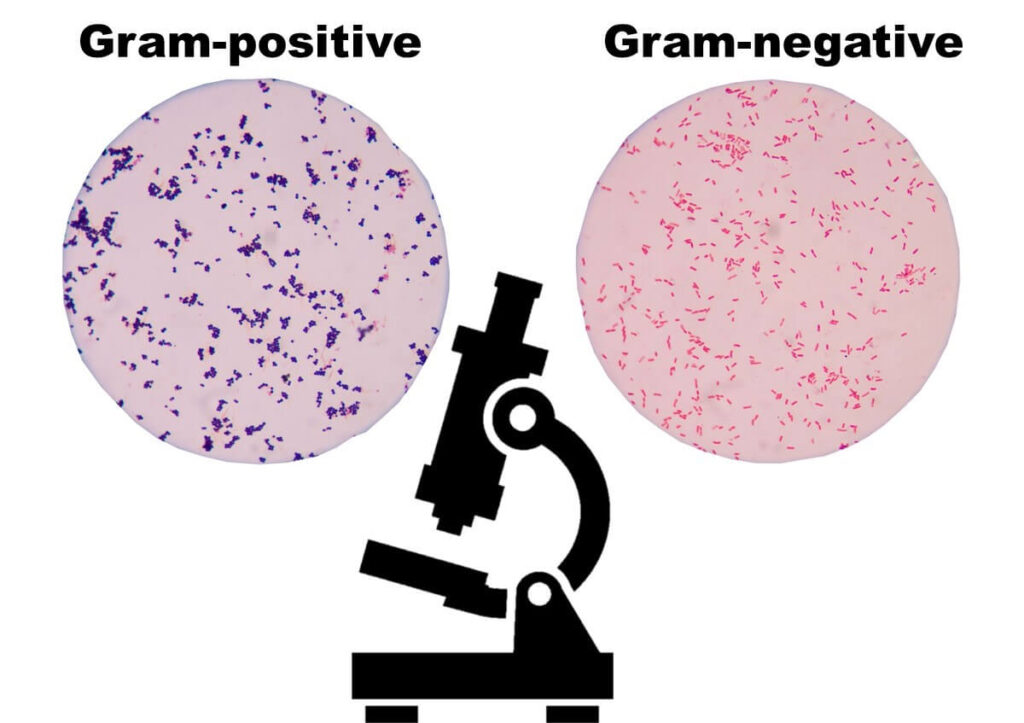
🏠Master Page:Gram Staining and Microbial Properties: A Comprehensive Overview

